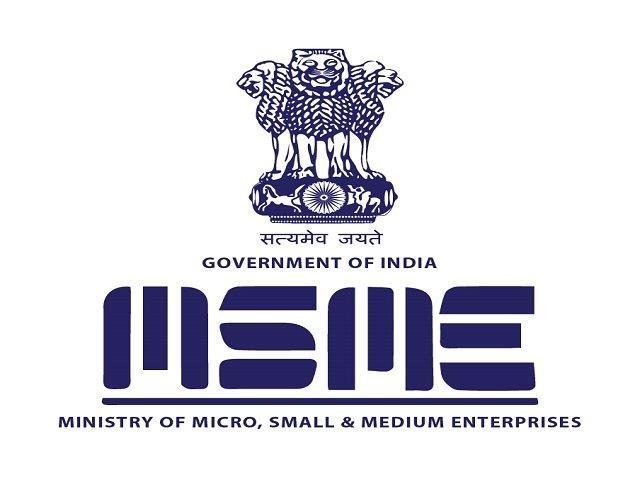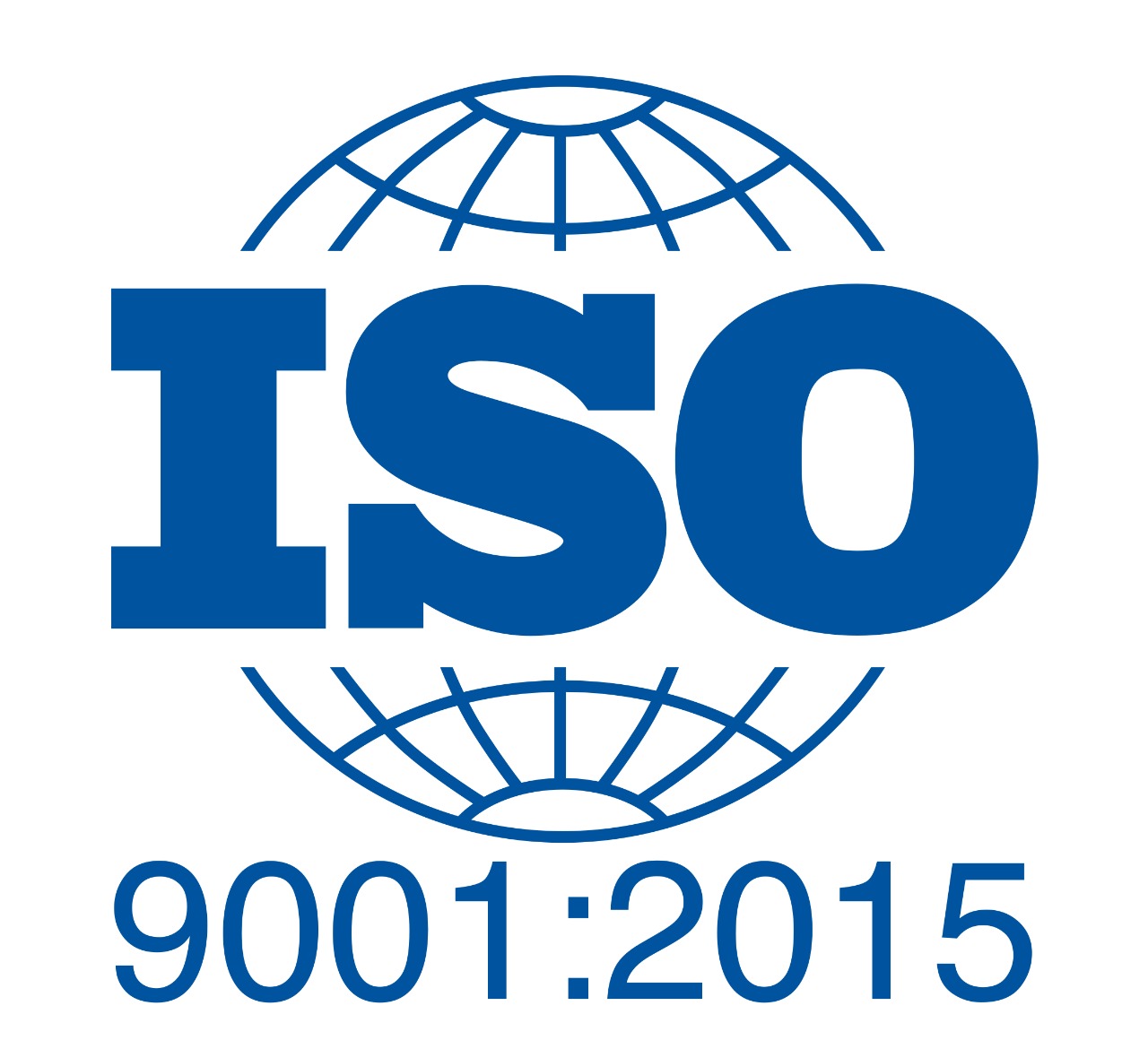
The Indian air cargo market generated 2.2 million tonnes of traffic – 1/5th the size of China’s and about 1/10th the size of the U.S. air cargo market – with about 30 percent of the traffic generated on the domestic and the remainder on the international sectors.
As per a report India Air Cargo Outlook 2023 by Trade And Transport Group, “Around 90 percent of international traffic is carried by non-Indian carriers with Gulf-based carriers as well as Aerologic (operating for Lufthansa Cargo and DHL), Cathay and Turkish being the most important.”
Frederic Horst, the Managing Director of Trade and Transport Group, predicts that the amount of cargo processed through Indian airports could reach 2.4-2.5 million tonnes by 2023, even with the return of passenger and belly capacity. “With 5-6 Indian conglomerates investing abroad, the India link is always going to be strong. So, India is in a good position as far as trade is concerned.”
The report stated that while international cargo traffic has not returned to pre-pandemic levels, domestic traffic has fully recovered. This is attributed to the growth of express and e-commerce, as well as general freight traffic.
Aerologic is presently the leading carrier in the Indian market, with a share of 14 percent, followed by Qatar Airways and Emirates, both with a share of 12 percent. Air India and Air India Express have a combined share of 8 percent, while Cathay Pacific accounts for 7 percent. Turkish Airlines has grown its market share to approximately 5 percent.
The report further reveals that Air India and Air India Express carry two-thirds of the total traffic handled by Indian carriers, with IndiGo, Vistara, and SpiceJet accounting for the remaining share.
There is an economic reasoning behind the need for expansion. With expectations of strong economic and trade growth in the near future, there are various prospects for expansion, including increased imports and exports of intermediate and manufactured goods, as well as a boost in e-commerce traffic. Moreover, India stands to gain from a potential shift of focus by the US and Europe from China, contingent on the development of manufacturing capacity, especially in the consumer goods and high-tech sectors.
In terms of market dynamics, the traffic performance in 2022 exhibited mostly favorable trends, with an overall market expansion of 8.4 percent. IndiGo saw a notable increase of 14.5 percent, while Blue Dart experienced a moderate growth of 2.5 percent. Conversely, SpiceJet witnessed a decrease in traffic by almost 30 percent, which was mainly attributed to the removal of two out of its five freighter aircraft from its fleet. Air India also experienced a decline of 2 percent in traffic. However, Go Air, Air Asia, and Vistara all demonstrated strong growth, each expanding by approximately 30 percent.
SpiceJet’s cargo revenue was around 4 percent of their total revenue before 2019. However, in the fiscal year ending in March 2022, the cargo revenue accounted for 24 percent of their total revenue, and the following year, it increased to 27 percent. This growth was primarily due to an increase in yields, which were three times higher than pre-pandemic levels. Additionally, policy changes were implemented in 2020, which restricted foreign carriers’ non-scheduled and ad-hoc cargo flights to six major airports in India, including Bengaluru, Chennai, Delhi, Kolkata, Hyderabad, and Mumbai.





